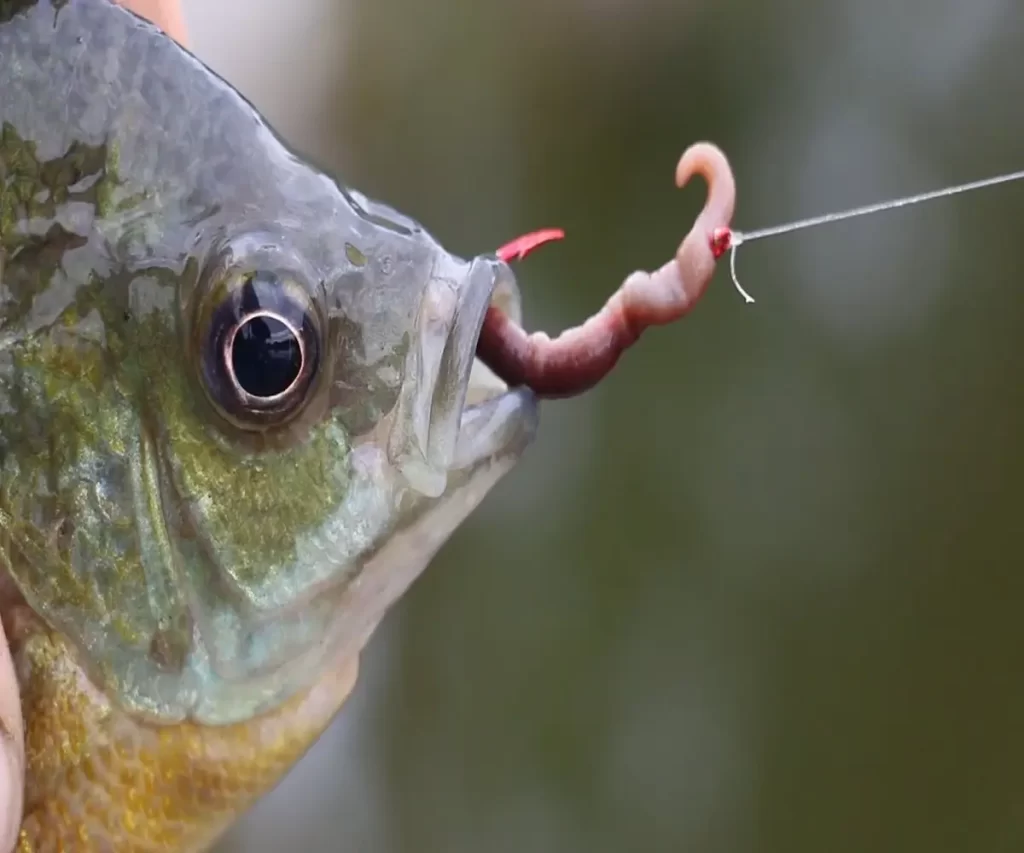
Learning how to set the hook:
Learning how to set the hook is a critical skill that every angler must master to maximize their chances of success on the water. Whether you’re a seasoned angler or a beginner, understanding the nuances of setting the hook can make the difference between landing a trophy fish and going home empty-handed. In this comprehensive guide, we’ll delve into the intricacies of setting the hook, exploring techniques, equipment, and tips to help you become a more effective angler.
Understanding the Basics:
Setting the hook is the crucial moment when an angler transforms a bite into a hooked fish. The basics involve the quick and decisive motion of the rod to embed the hook firmly into the fish’s mouth. However, the key lies in the timing and finesse of the hook set. Here’s a breakdown of the fundamental aspects:
- Feel the Bite:
- Develop a sensitive touch to feel even the subtlest bites.
- Pay attention to line movement, twitches, or any unusual sensations.
- Timing is Everything:
- Wait for the right moment to set the hook. Too early or too late can result in missed opportunities.
- Practice patience and avoid setting the hook at the first hint of resistance.
Techniques for Different Fishing Styles:
- Bass Fishing:
- Use a sweeping hook set for soft plastic baits to drive the hook home.
- With topwater lures, wait until you feel the weight of the fish before setting the hook.
- Fly Fishing:
- Incorporate a firm strip-set when fly fishing to set the hook in the fish’s mouth.
- Practice the right balance between force and finesse to avoid breaking the tippet.
- Saltwater Fishing:
- With fast-swimming saltwater species, employ a swift and powerful hook set.
- For slower species, a gentler hook set may be necessary to avoid tearing the hook from the fish’s mouth.
Choosing the Right Equipment:
- Selecting the Right Rod and Reel:
- Ensure your rod has the appropriate power and action for the target species.
- Use a reel with a smooth drag system to prevent line breakage during the hook set.
- Picking the Right Hooks:
- Match the hook size to the bait and the target species.
- Consider the hook’s design, such as offset or circle hooks, based on the fishing scenario.
Fine-Tuning Your Hook Set:
- Practice in Different Situations:
- Practice setting the hook in various conditions, such as windy days or when casting into cover.
- Adapt your technique to different fishing environments.
- Experiment with Hook Set Angles:
- Learn to set the hook at different angles, adjusting based on the direction of the fish’s movement.
- Understand how the hook set angle influences hook penetration.
Troubleshooting Common Issues:
- Dealing with Missed Strikes:
- Analyze why a hook set may have failed and adjust your approach.
- Consider using lures with single hooks to improve hookup ratios.
- Preventing Snags:
- Lift the rod tip high when fishing near structure to avoid getting snagged.
- Practice a side-arm hook set to navigate around obstacles.
Setting the hook is both an art and a science, requiring a deep understanding of the fish species, the chosen technique, and the equipment at hand. Mastery of this skill takes time and practice, but with dedication, anglers can significantly improve their hook-up success rates. Remember to stay observant, adapt to different scenarios, and always be ready for that exhilarating moment when a subtle bite turns into a thrilling battle with a hooked fish. Happy fishing!